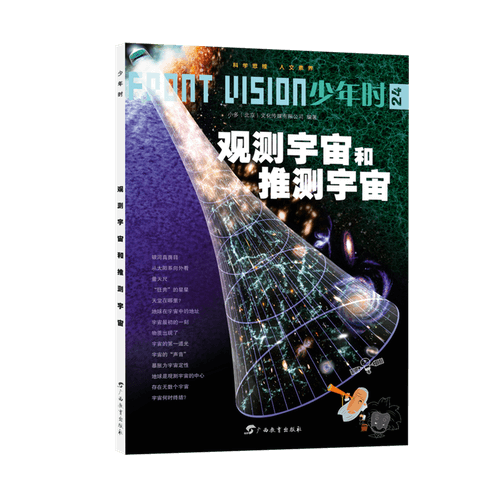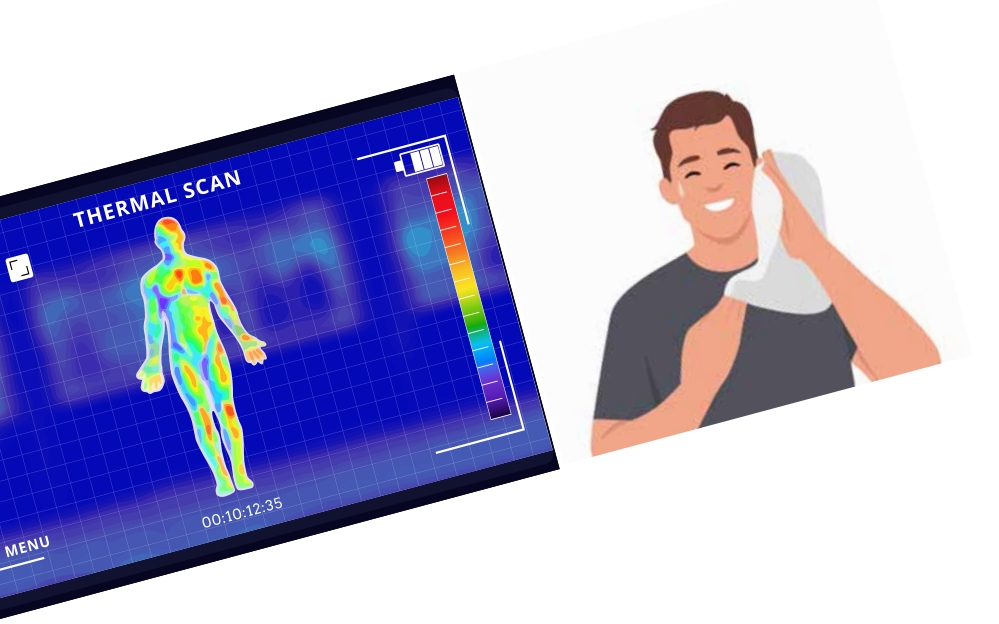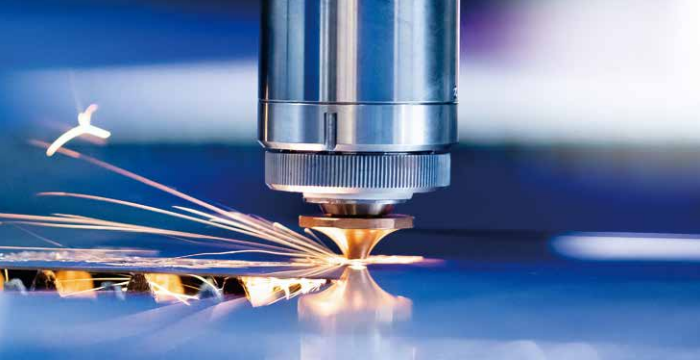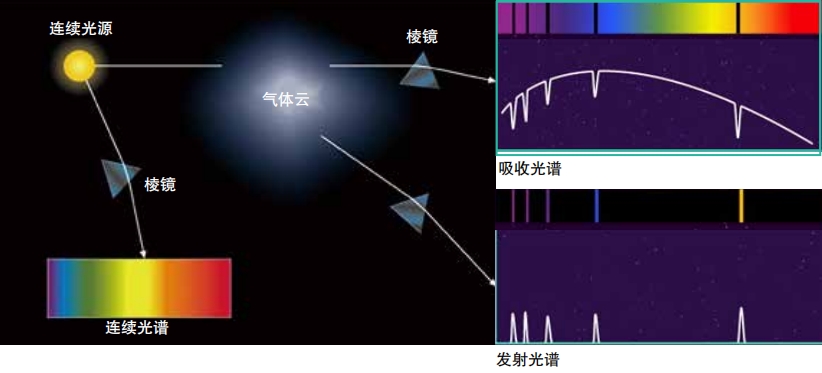Watching the Earth: How Do Scientists Gather Information About Our Planet?
What would you think if you sailed into a vast area of ocean that glowed in the dark with pale white light? One sea captain, Raphael Semmes, was traveling along the Horn of Africa in 1864 when he encountered this phenomenon. “We suddenly passed from the deep blue water in which we had been sailing, into a patch of water so white that it startled me,” he wrote.
Watching the Earth: How Do Scientists Gather Information About Our Planet? Continue reading »












